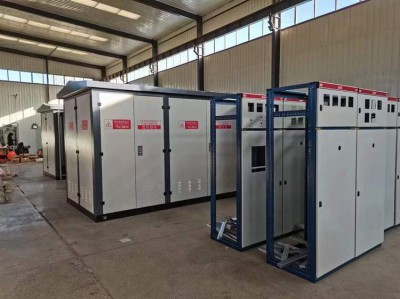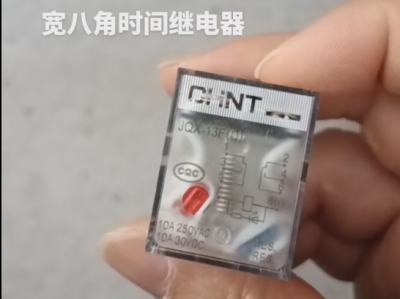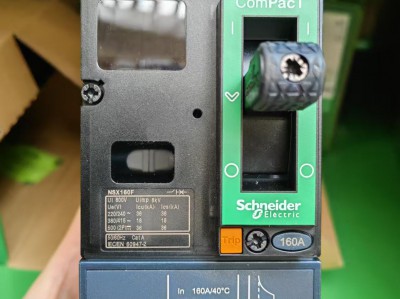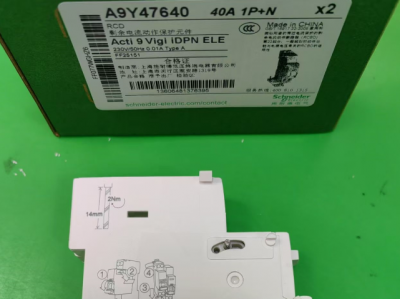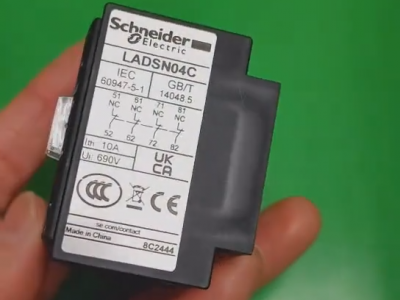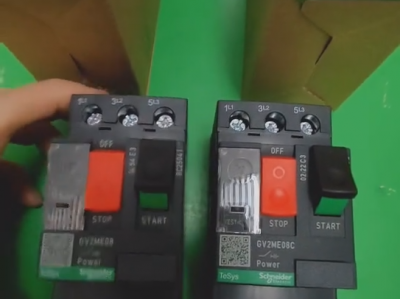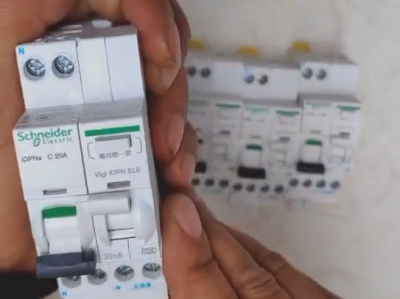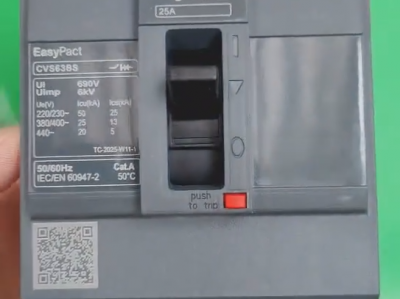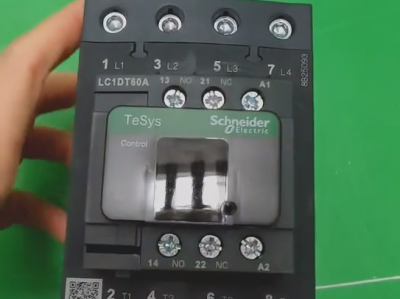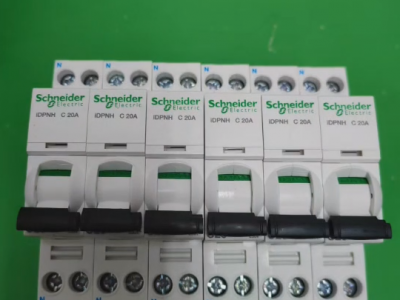Chint transparent leakage protector DZ15LE-40/3902T40A
Product description
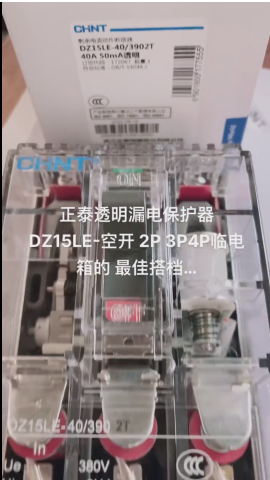
The Chint transparent leakage protector DZ15LE-40/3902T40A is a circuit protection device suitable for AC 50Hz with a rated voltage of 220V or 380V. The following introduces it from the dimensions of specification parameters, product features, working principles, application scenarios, etc.:
Specification Parameters*Schneider-MCCB-NSX250F-4P-250A*
- **Frame Current**: 40A, indicating that the frame of this leakage protector can bear a maximum current of 40A.
- **Rated Current**: 40A, meaning the current allowed to pass through for a long time during normal operation is 40A.
- **Pole Number**: 3P, showing that the leakage protector has 3 phase poles, which can be used in three-phase three-wire circuits to protect three phase lines.
- **Trip Type**: Electromagnetic. The electromagnetic trip is characterized by rapid action, which can quickly cut off the circuit in case of faults such as short circuits to protect the safety of equipment and personnel.
- **Breaking Capacity**: Generally 3kA, meaning that when the short-circuit current reaches 3kA, the leakage protector can reliably cut off the circuit to play a protective role.
- **Leakage Trip Current**: The common leakage trip current is not clearly marked for this model, and general specifications include 30mA, 50mA, 75mA, etc., which need to be determined according to the actual product. It indicates that when the leakage current reaches this value, the leakage protector will act to cut off the circuit.
Product Features*Schneider Circuit Breakers Price*
- **Transparent Housing**: The cover is made of a new type of high-temperature resistant and high-strength polycarbonate material, which allows intuitive judgment of the on-off state of the contacts, enabling users to directly observe the working condition of the internal contacts without opening the equipment.
- **Multiple Protection Functions**: It has a leakage protection function to prevent electric shock accidents; it can also protect the line from overload and short circuit. When overload or short circuit faults occur in the line, it can cut off the circuit in time to avoid the expansion of the accident. Chint's NB1-63DC series DC circuit breakers Price
- **Phase Failure Protection Function** (Optional): When any phase of the three-phase power supply has a phase failure abnormality, the product can quickly cut off the circuit within 0.2s to protect the electrical equipment.
Working Principles**
- **Leakage Protection Principle**: Under normal conditions, the vector sum of the three-phase current passing through the leakage protector is zero, and the zero-sequence current transformer has no induced current output. When a leakage or electric shock accident occurs, the vector sum of the three-phase current is no longer zero, and the zero-sequence current transformer will induce a leakage current. When the leakage current reaches the set action value, the leakage trip acts to make the circuit breaker trip and cut off the circuit.
- **Overload Protection Principle**: When the current in the line exceeds the rated current, the bimetallic strip of the overload trip will heat up and deform, pushing the trip mechanism to act, making the circuit breaker trip, so as to protect the line and equipment from the damage of overload current.
- **Short Circuit Protection Principle**: When a short circuit fault occurs in the line, the short-circuit current will make the electromagnetic trip generate a strong electromagnetic attraction, attract the armature, push the trip mechanism to act, and cut off the circuit instantly to prevent the short-circuit current from causing serious damage to the equipment and line.
Application Scenarios*CHINT surge protector price*
- **Household Electricity**: It can be installed in the household distribution box as the main switch or branch switch to protect household electrical equipment from leakage, overload and short circuit, and ensure the safety of family electricity use.
- **Small Commercial Places**: Such as small shops, offices, etc., used to protect lighting lines, office equipment, etc., to prevent safety accidents such as fires caused by electrical failures, and ensure the safety of electricity use and normal operation of commercial places.
- **Industrial Control**: In some small industrial equipment or production lines, it can be used to protect equipment such as motors and distribution cabinets to prevent equipment damage caused by leakage, overload or short circuit, which affects the production process.
The working principle of the transparent housing leakage protector is basically the same as that of the ordinary leakage protector. Its core is to realize leakage protection by detecting the abnormal change of current in the circuit, and the transparent housing design does not affect its electrical principle. The main working principles are as follows:
I. Basic Working Principle: Leakage Detection and Protection Mechanism**
1. **Normal Circuit State**
When the circuit is operating normally, the current of the phase line (such as the live wire) and the current of the neutral wire passing through the leakage protector are equal in magnitude and opposite in direction, and the vector sum of the two is zero. At this time, the magnetic flux in the iron core of the internal **zero-sequence current transformer (CT)** is zero, the transformer has no induced current output, the trip does not act, and the circuit remains in the on state.
2. **Abnormal State during Leakage or Electric Shock**
When leakage or personnel electric shock occurs in the circuit, part of the current will flow into the ground through the leakage path (such as the human body, grounding fault point), resulting in the vector sum of the phase line current and the neutral line current no longer being zero, forming a **leakage current (residual current)**. At this time, the magnetic flux in the iron core of the zero-sequence current transformer changes, and the secondary side of the transformer induces a current signal.
3. **Trip Action and Circuit Cutting**
The induced current signal is amplified and then triggers the action of the **leakage trip** (usually electromagnetic or electronic). The trip pushes the latch device of the circuit breaker through a mechanical structure, so that the contacts are quickly broken, and the circuit is cut off in a very short time (generally ≤0.1 seconds), thereby avoiding safety accidents caused by electric shock or leakage.
II. Working Principles of Additional Protection Functions (Possessed by Some Models)**
1. **Overload Protection Principle**
When the current in the circuit exceeds the rated value, the **bimetallic overload trip** bends due to the heat generated by the current. As time goes by, the degree of bending gradually increases, and finally pushes the trip mechanism to make the circuit breaker trip and cut off the overload current, preventing the line or equipment from being damaged due to overheating.
2. **Short Circuit Protection Principle**
In case of a short circuit, the instantaneously generated large current will make the **electromagnetic trip** generate a strong electromagnetic attraction, attract the armature and push the trip mechanism to make the circuit breaker trip instantaneously. The action speed of the electromagnetic trip is extremely fast, which can cut off the circuit before the short-circuit current causes serious damage.
III. Design Advantages and Safety of Transparent Housing**
The transparent housing is usually made of high-temperature resistant and high-strength polycarbonate material, and its working principle does not affect the electrical performance. The main functions are reflected in:
- **Visual Monitoring**: Users can directly observe the on-off state of the internal contacts, as well as whether there are ablation marks or arc phenomena, which is convenient for daily maintenance and fault troubleshooting.
- **Safety Protection**: The housing has insulation and flame retardancy. Even if a minor fault occurs inside, it can prevent the arc from leaking out, and avoid users from directly contacting the live parts, improving the use safety.
IV. Working Differences of Different Types of Trips**
1. **Electromagnetic Leakage Protector**
- No auxiliary power supply is required, and the trip is directly driven by the electromagnetic force generated by the leakage current. It has strong anti-interference ability and high action reliability (for example, the Chint DZ15LE series uses an electromagnetic trip).
2. **Electronic Leakage Protector**
- The leakage signal is detected by electronic components (such as amplifiers, single-chip microcomputers), and it needs to rely on an auxiliary power supply (such as line voltage). The cost is low, but it may be affected by power fluctuations.
Summary**
The core of the transparent housing leakage protector is to detect the leakage current through the zero-sequence current transformer and realize the protection in combination with the mechanical action of the trip, while the transparent design is only an appearance optimization and does not change the electrical principle. Its working principle can be summarized as: **leakage detection → signal amplification → trip action → circuit cutting**, while taking into account multiple protections such as overload and short circuit to ensure the safety of electricity use.

